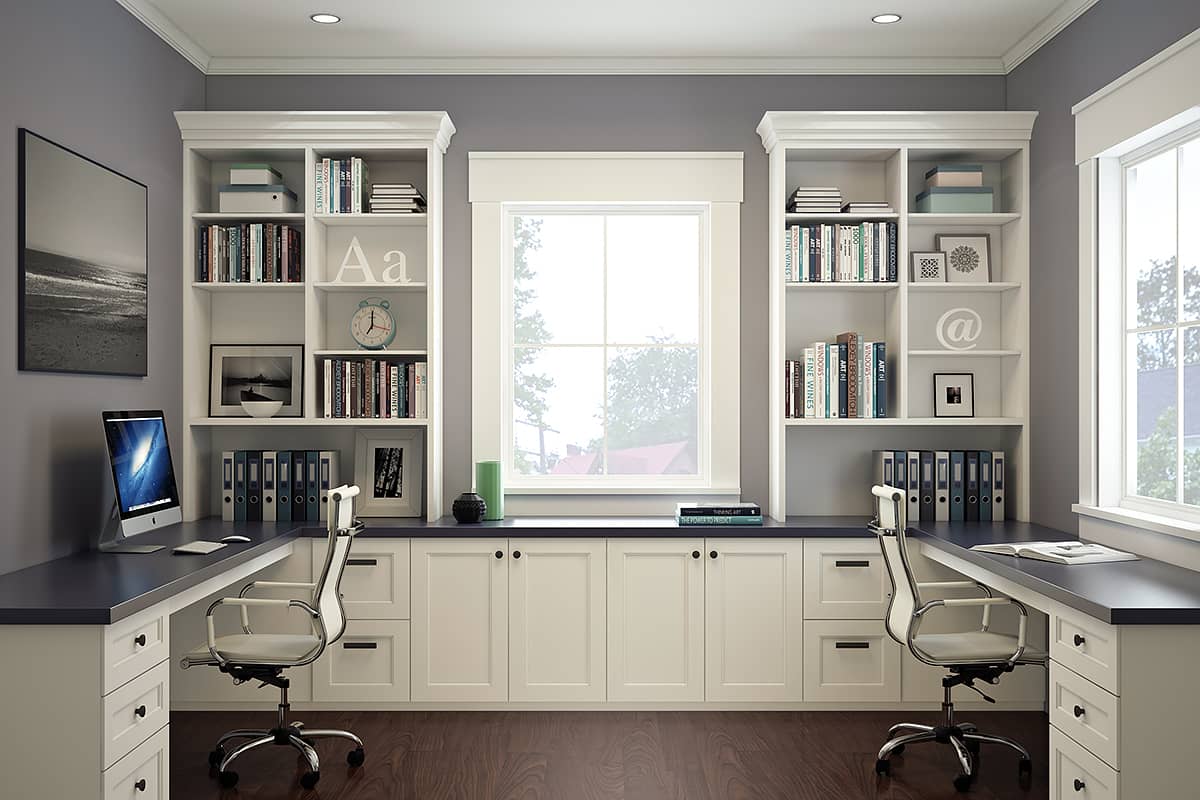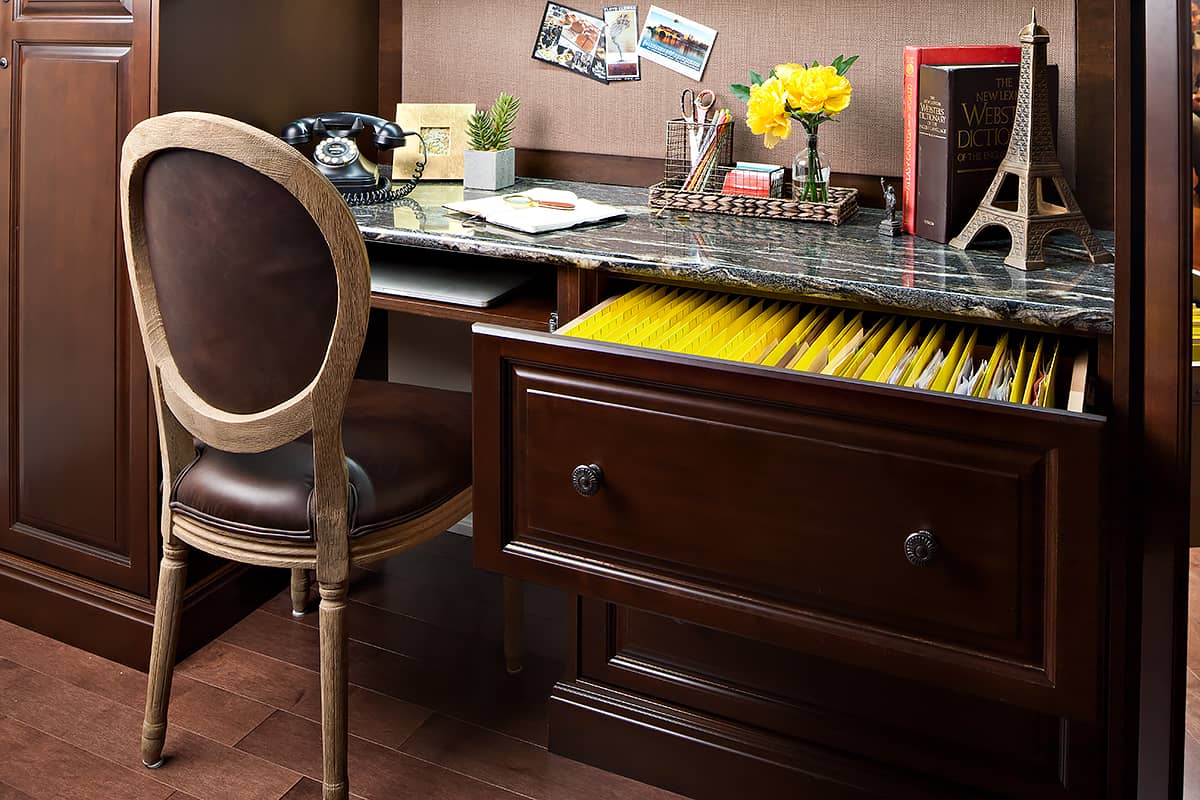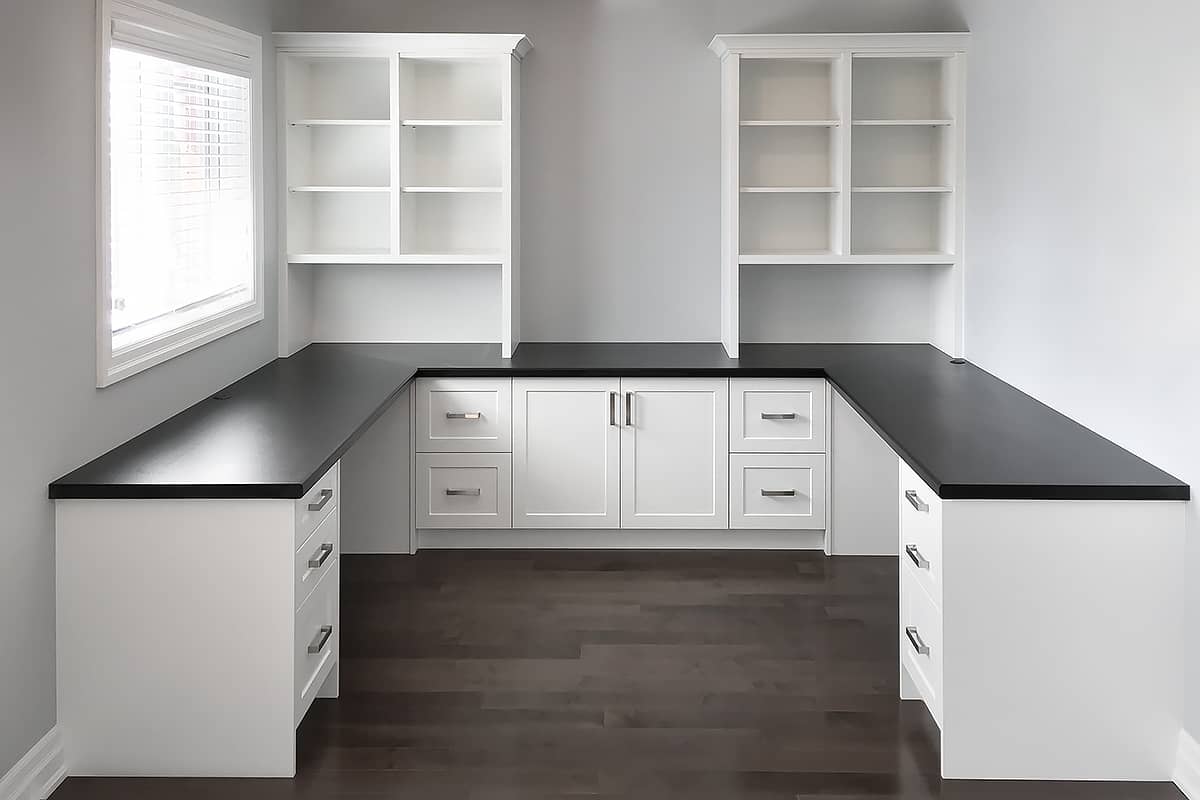
Working from home is an acquired preference, and requires discipline.
Prior to COVID-19, many people would say that they would have chosen to keep their work and home life separate, going as far to admit that they’d miss the social interaction with their colleagues, meeting people for lunch, and actually having a reason to get up and get dressed every day – so that they could put their best foot forward. Going out to work provided structure to their day.
On the flip side, many people spent hours commuting, rarely made it home in time for dinner or to put their kids to bed, and were stressed to the max because they couldn’t find that work/life balance.
Europeans like to say that they work to live, while North Americans live to work – and that sentiment is true. Many countries have a minimum of four weeks of holidays per year when the average allotment in North America is only two weeks out of 52 per year. It’s crazy.
In 2017, France introduced a law that allowed workers the ‘right to disconnect’ from after-hour emails. In addition, 9.3 hours of their day is devoted to relaxation and leisure. We have it backwards. In the Netherlands, the average workweek is 30.3 hours, they have a generous parental leave policy and are one of the highest-ranking countries when it comes to an enjoyable work/life balance for their citizens.
Multi-tasking work and home life
For those of you who found yourself working from home (not by choice), along with other members of your household and school-aged children, the home priorities took on a different light. Scheduled meetings, client calls, class time, and deadlines were all vying for your time. The chaos of domestic life was ramped up, and you no longer just had to think about yourself when you walked out the door in the morning.
There’s no doubt that young families bared the brunt of this pandemonium, as two-income earners tried their best to manage their work hours and attend to their children. In one-parent families, multi-tasking took on a new meaning. Down-time was an unheard-of commodity, and everyone became everything to everybody.

If for no other reason than personal sanity, having a designated office is now a priority. We’re not talking about make-shift work stations or sharing space with someone else, we’re talking about an organized environment that has a door, along with associated rules and times when others can enter.
And, this work-from-home space has to address all of your wants and needs as it relates to your profession, along with the compulsory measures that are vital in order for you to perform at your best. Organized Interiors can tailor specific requirements, as it relates to surfaces, storage, and organizational solutions for maximum functionality and efficiency.
Working from home is a good thing
Ultimately, these enforced changes to your daily routine can be viewed in a positive light. Change can be difficult for many, but when you take a situation and weigh the pros and cons, it can often tip the scales to a favourable outcome.
Work from home pros
- No need to commute
- More free time
- Reduced travel budget
- Less wear and tear on vehicle
- Reduced wardrobe budget
- Save money on eating out
- Flextime
- Ability to do more with kids
- More aware of household operations
- More in-tuned with family members
- Time to cook nutritious meals
- Able to schedule regular outdoor breaks
- Factor in time for exercise and meditation
- You’re no longer a clock watcher
- The family budget is enhanced
- Live/work balance achieved
Work from home cons
- Feeling of isolation
- Difficulty getting motivated
- Miss quiet time when driving
- Find it hard to get outside
- Don’t have a reason to dress up
- Nine to five workdays with everyone else
- Workday + commute = no time with kids
- Relationships become strained
- Less professional feedback
- Life is unbalanced
Big businesses are making big decisions to have their employees work from home
The pros and cons apply to employers, as well. They have less overhead, in terms of costs related to office space, parking permits, expense accounts, etc. Some may choose to have employees interact in an office space on occasion, but with Zoom calls, email, phone calls, and texts, information is quickly shared, rather than have everyone drive, or fly, to a business meeting. Of course, there’s a domino effect to everything, and hoteliers, restaurateurs, and other socially-focused businesses will be feeling this reclusive pinch. We’ll find our way.
In the meantime, it’s time to focus on your personal office space. Not only have these changes affected how we work, but they also affect the way that we work. You don’t need a study to tell you that an organized workspace leads to better productivity. That’s common sense.
Rather than lugging your computer, workout gear, lunch, and files back and forth, and then sitting in a de-personalized cubicle, you can create a home office space that suits you to a ‘T’.

Important things to consider when setting up your new home office
- Do not work in the same area that you sleep in
- Carve out space that is yours alone, and has a door
- Spend money on the design of your new office
- Have cabinetry custom made to adequately meet your professional demands
- Choose a damn good office chair and furniture
- Select paint colours that boost your mood and productivity
- Make the most of natural light and add plants
- Consider your background for Zoom calls
- Make friends and family aware of your business hours
- Take regular breaks
- Ensure that there is definition to your day so that timelines aren’t blurred
Schedule a free in-home design consultation with Organized Interiors for help in creating a personalized home office space that works for you!
Please share this post if you found it useful.
